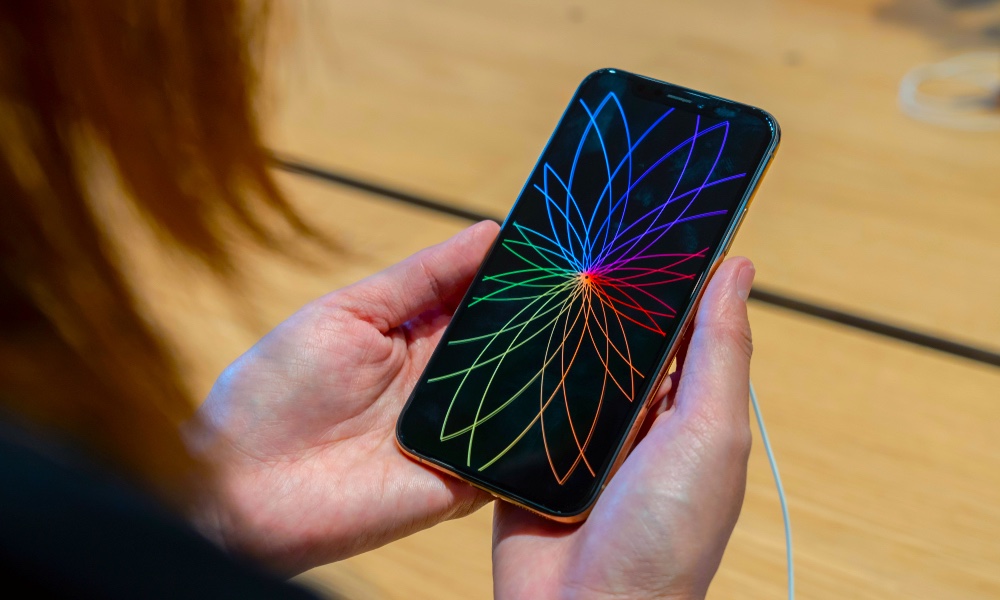iPhone XS Max Actually Beat the iPhone 11 Pro Max in This New Test
 Credit: TZIDO SUN / Shutterstock
Credit: TZIDO SUN / Shutterstock
Toggle Dark Mode
DxOMark is well-known for its thorough and objective smartphone camera reviews. Now, it’s hoping to do the same thing for smartphone audio. The firm announced today that it has added smartphone speaker- and microphone-quality testing to to its list of services. It kicked off the new service with a test of five popular smartphone models (and some of the results are pretty surprising).
DxOMark’s First Test
So how did that first initial test go? Close smartphone industry watchers may not be surprised that DxOMark’s first top-rated handset for audio is Huawei’s Mate 20 X.
The Mate 20 X features stereo microphones, which gives it an obvious advantage over other devices that don’t. That’s why it’s especially weird that the Mate 20 X only scored a single point higher than an iPhone.
It gets more surprising than that. The top-rated iPhone, which is in second place behind the Mate 20 X, is last year’s iPhone XS Max.
The iPhone XS Max actually scored higher than this year’s new iPhone 11 Pro Max.
The iPhone XS Max has an audio quality score of 74. Again, that’s just one point behind the Huawei handset. But this year’s top-tier iPhone 11 Pro Max has a score of 71, which is not an insignificant difference.
For comparison’s sake, the Samsung Galaxy Note 10+ and the S10+ rounded out the top 5 with scores of 66 and 65, respectively.
How and Why DxOMark Is Testing Audio
It’s an interesting result, for sure. But the fact that DxOMark is even testing smartphone audio quality is interesting too.
The testing firm says it started the new service because users are “recording and consuming more and more video and audio content on their mobile devices.” As a result, “the importance of audio quality has greatly increased in recent years.”
It also notes that the differences between smartphone audio quality can be vast. And thus far, “there has been little guidance and information available for consumers who care about audio quality.”
The firm says it tests audio playback performance against five different criteria.
- Timbre
- Dynamics
- Spatial
- Volume
- Artefacts
For microphone and recording quality, it also tests against the same five metrics — but also adds in a smartphone’s ability to deal with background noise.
The firm notes that it also includes “perceptual data” from audio engineers, audio industrial designers and other sound experts with years of experience in the field. DxOMark argues that this data is equally as scientific as other measurements, since it ensures that the perceptual data is consistent over time.
As far as the methodology, the testing firm has released a YouTube video detailing the ins and outs of the entire testing process. You can watch it below.






